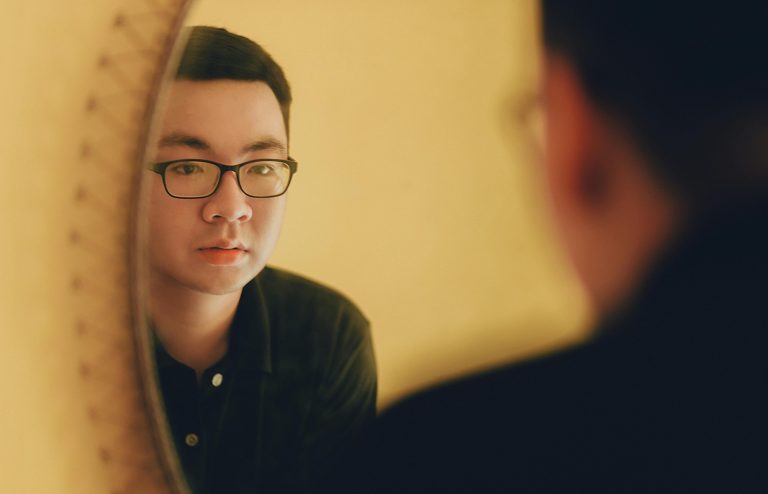Have you heard of this sex-free relationship?
People are multifaceted beings who lead complex and multi-dimensional relationships with themselves and other humans. This can look like the common romantic monogamous heteronormative dynamic between cis men and women. For example, married couples or life partners who identify as the gender they were born with and do not engage with other partners besides their significant others or like friends with benefits, whereby both parties agree to be intimate with each other but do not pursue a romantic relationship.
We usually attribute some form of sexuality or sexual behaviour to occur in romantic relationships, yet, not everyone feels a sexual attraction or sexual desire towards their partner or people in general. When the lack of interest in sex and sexual acts cannot be traced back to sexual dysfunction or a disorder we talk about asexuality. Asexuality is used to describe someone who has low to no sexual desire or drive. To know more about the definition of asexuality you can read our blog entry on the subject here.
One alternative and sex-free form of relationship is the queerplatonic relationship. The term ‘queer’ in this context includes anyone, whatever their sexual or romantic orientation or relationship type is. People who consider themselves part of a queerplatonic relationship celebrate the way of overcoming the social pressure of pursuing a romantic relationship as the highest form of human connection. Having a romantic partner for life is not the universal goal. Breaking those social norms around how committed and connected one can be to another person is at the core of a queerplatonic relationship. It is also not limited to one person and people can choose to hold hands, kiss or sleep in the same bed. Sex is simply not the central aspect, yet people choose to spend their time together in a bond that is considered more than the common notion of friendship. Queerplatonic attraction in that context is a strong feeling towards a specific person. Some distinguish between a purely platonic attraction and describe the one experienced in a queerplatonic way as more intimate and stronger. As mentioned above, this relationship is not restricted to one partner only, multiple people can be in a relationship with each other.
Have you ever thought about the many ways you can relate to other humans? There are numerous valid ways in which people can connect and choose to live their life together. Trying to decrease judgement and misunderstandings by exploring various forms of love and relationship can expand your worldview and make you re-evaluate how you relate to your loved ones. Thus, educating oneself and becoming an ally to the asexual community can help in increasing more awareness on different types of relationships. Further research can also be beneficial to ensure the adequate health care and representation in our society.
If you think that you can benefit from professional support on this issue you can reach out here.
Sara Felber is a Student of psychology from Graz, Austria interested in a variety of issues concerning sex, relationships and LGBTQ+ topics. She is currently researching guidelines on the sexuality of psychiatric inpatients and is interning at the Willingness Sex Clinic.
References:
Queerplatonic Relationship. LGBTA Wiki. (n.d.). https://lgbta.wikia.org/wiki/Queerplatonic_Relationship.
Queerplatonic Relationship. Aromantics Wiki. (n.d.). https://aromantic.wikia.org/wiki/Queerplatonic_Relationship.
Pinto, S. A. (2014). ASEXUally: On Being an Ally to the Asexual Community. Journal of LGBT Issues in Counseling, 8(4), 331–343. https://doi.org/10.1080/15538605.2014.960130






